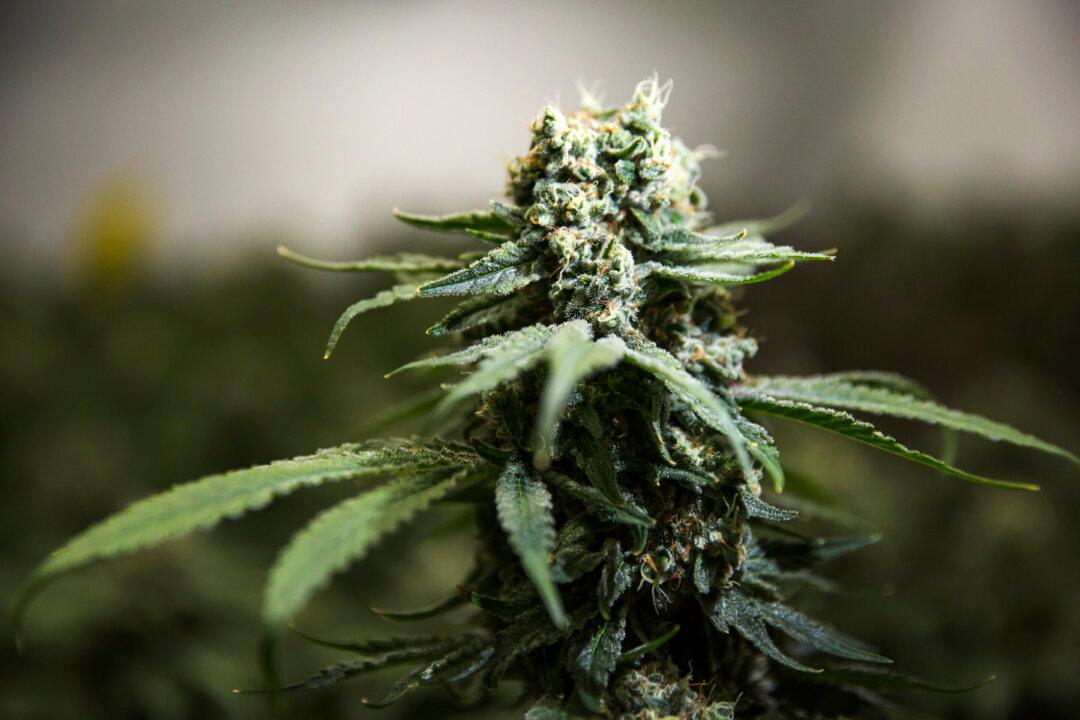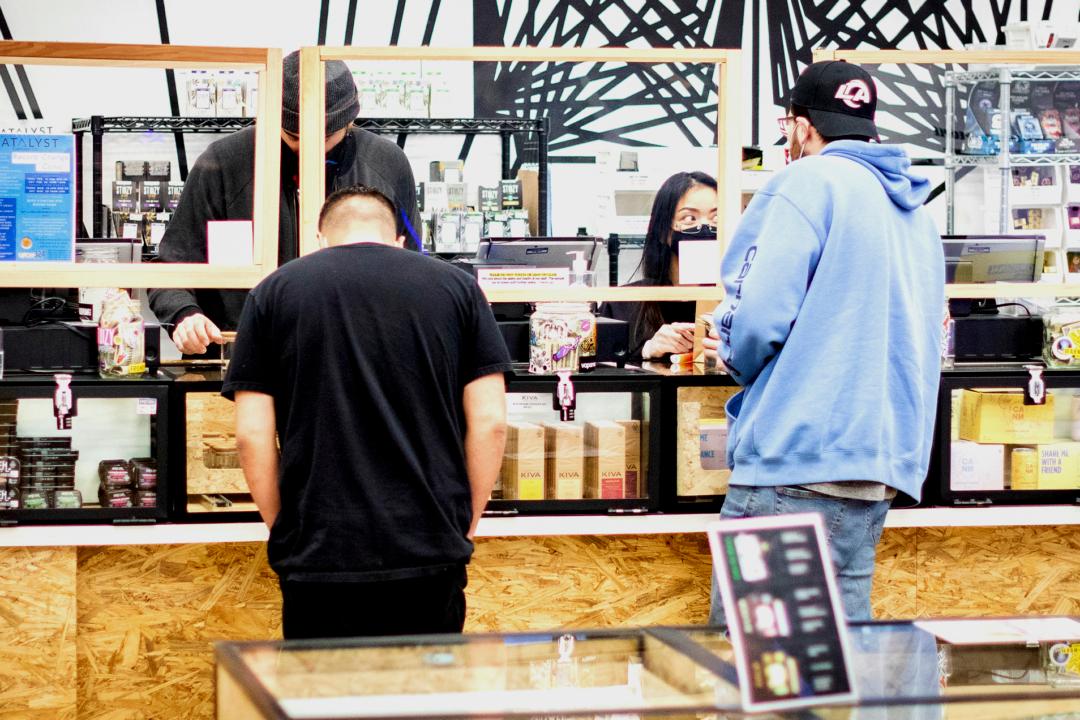Twenty-one states and the District of Columbia have legalized recreational marijuana for adults as of April. And while marijuana is still illegal at the federal level, 88 percent of adults think it should be legalized for medical and recreational use, according to an October 2022 Pew Research Center survey—a significant increase from 1999’s 31 percent.
Additionally, 55 million Americans currently use marijuana, and 45 percent of the population has tried it at least once, according to the National Center for Drug Abuse Statistics.





